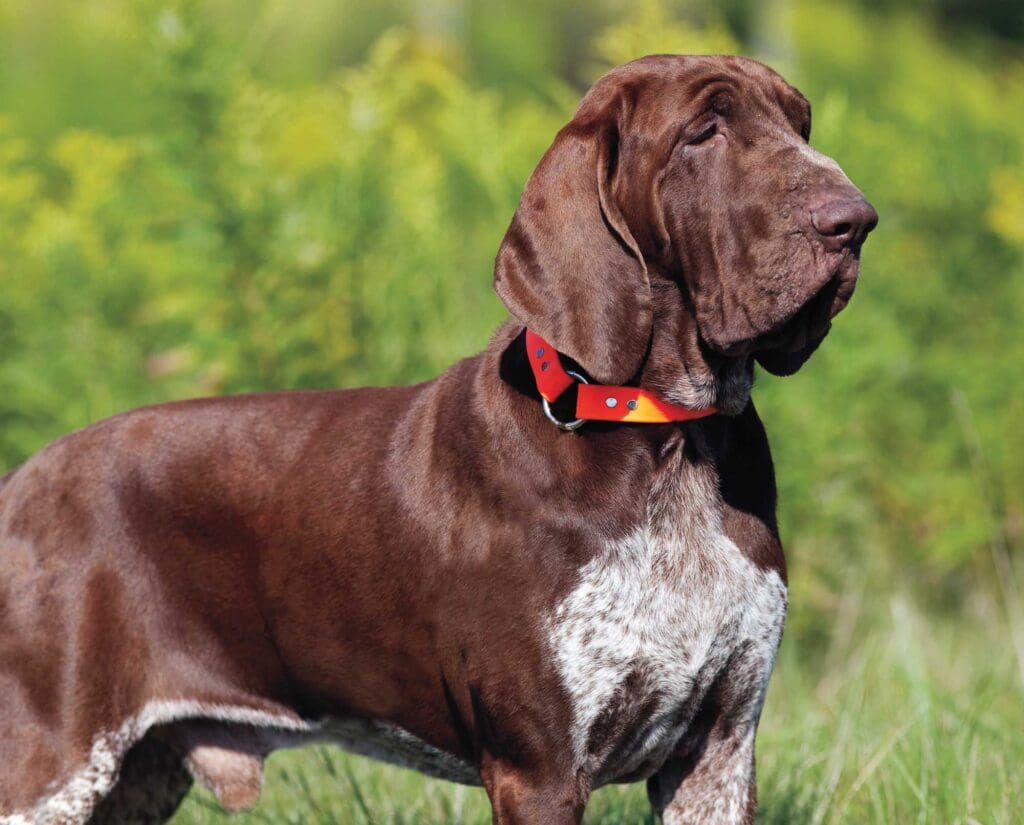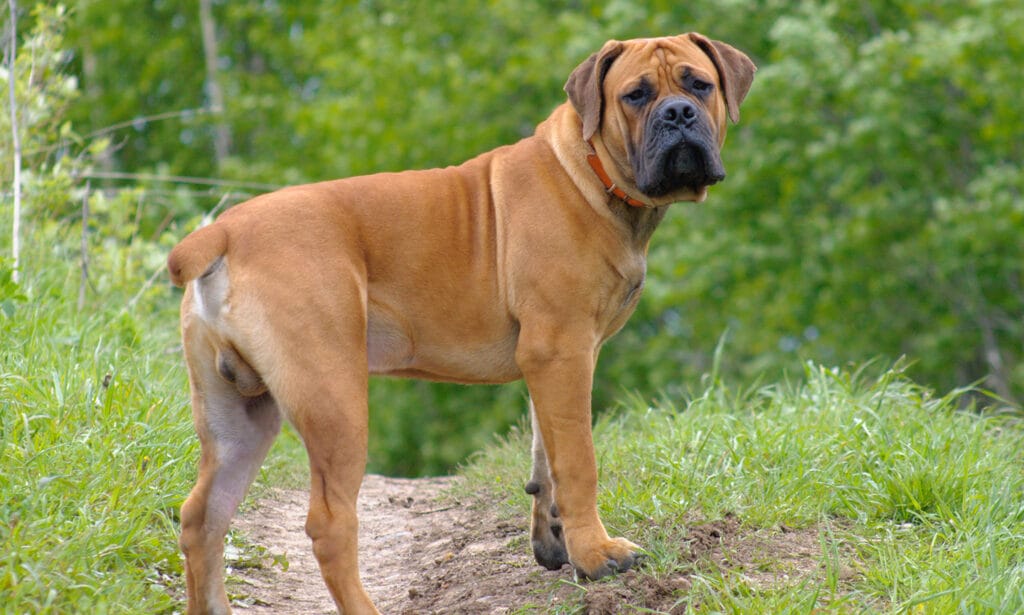
Bloodhound Dog Breed Characteristics and Care: Unmissable Insights?
Share
When it comes to unique dog breeds, the Bloodhound stands out with its remarkable physical and behavioral traits. Known for their incredible sense of smell, these dogs possess a long history of being utilized in tracking and search operations. But the Bloodhound dog breed characteristics and care extend far beyond their sniffing abilities. For health-conscious pet owners, understanding these can prove to be both a delightful and rewarding experience.
This article delves deep into everything you need to know about the Bloodhound, from their caring needs to their personality traits, ensuring you are equipped to provide the best life for your furry friend. Let's embark on this journey into the world of Bloodhounds and discover just what makes these dogs so unique!

Physical Characteristics of the Bloodhound
The Bloodhound is a large breed, typically weighing between 80 to 110 pounds and standing about 23 to 27 inches tall at the shoulder. Here are some defining physical characteristics:
- Wrinkled Skin: The Bloodhound's most endearing feature is perhaps its loose, wrinkled skin, which not only gives it a unique appearance but also helps in scent detection by trapping scent particles.
- Long Ears: Their long, droopy ears serve a vital purpose by sweeping scent-laden air upwards towards their nose.
- Distinctive Muzzle: Their large, square-shaped muzzle contains an impressive number of olfactory receptors, allowing them to have one of the best senses of smell among all dog breeds.
Personality Traits of Bloodhounds
Understanding the personality of the Bloodhound is just as essential as knowing its physical traits. Characteristically, these dogs are:
- Affectionate: Bloodhounds are known for their loving nature, forming strong bonds with their families.
- Determined: Their determination, especially during scent tracking, can be seen as stubbornness if not trained properly.
- Gentle: They are patient and gentle, making them great companions for children and other pets.
Care Requirements for Bloodhounds
Caring for a Bloodhound requires understanding their specific needs:
Grooming
Despite having short hair, Bloodhounds do shed occasionally. Regular brushing is essential to remove loose fur and dander. Their ears should also be checked regularly to prevent infections due to the moisture they can trap.
Exercise Needs
Bloodhounds require regular exercise to keep both their body and mind healthy. Daily walks and ample playtime are crucial to prevent them from becoming bored, which could lead to obesity and destructive behavior.
Nutrition
A well-balanced diet is vital for Bloodhounds, considering their size and energy levels. Consulting a veterinarian for appropriate dietary recommendations will ensure that your dog remains healthy and active.
Health Concerns to Monitor
Like every breed, Bloodhounds are prone to certain health issues. Being a vigilant owner can help mitigate these risks:
- Ear Infections: Regular cleaning of the ears can help prevent infections due to their droopy nature.
- Hip Dysplasia: This common condition in larger breeds requires proper exercise and weight management.
- Obesity: Keeping an eye on their diet and exercise regimen is crucial to avoid obesity-related health issues.
Training Your Bloodhound
Training can be both a challenging and rewarding experience. Heres how to train your Bloodhound effectively:
Start Early
Early socialization and training are essential for Bloodhound puppies. Exposing them to different environments, sounds, and people will help shape them into well-adjusted adults.
Positive Reinforcement
Bloodhounds respond best to positive reinforcement techniques. Rewarding them for good behavior with treats or praise will encourage them to repeat those actions.
Consistency is Key
Consistency in commands and routines will help Bloodhounds understand what is expected of them and build their confidence.

Frequently Asked Questions
1. What is the lifespan of a Bloodhound?
The average lifespan of a Bloodhound is around 10 to 12 years.
2. Are Bloodhounds good family dogs?
Yes, Bloodhounds are known for their gentle and affectionate nature, making them great family pets.
3. How much exercise do Bloodhounds need?
Bloodhounds require at least an hour of exercise daily, including walks and active playtime.
For a comprehensive understanding of other dog breeds, you can also read about the Bichon Yorkie or check out the Black and Tan Coonhound characteristics. As always, consult your veterinarian for personalized advice on your Bloodhound's specific care needs.
For more information on the general aspects of various dog breeds, check out this link.
As an Amazon Associate, I earn from qualifying purchases.
